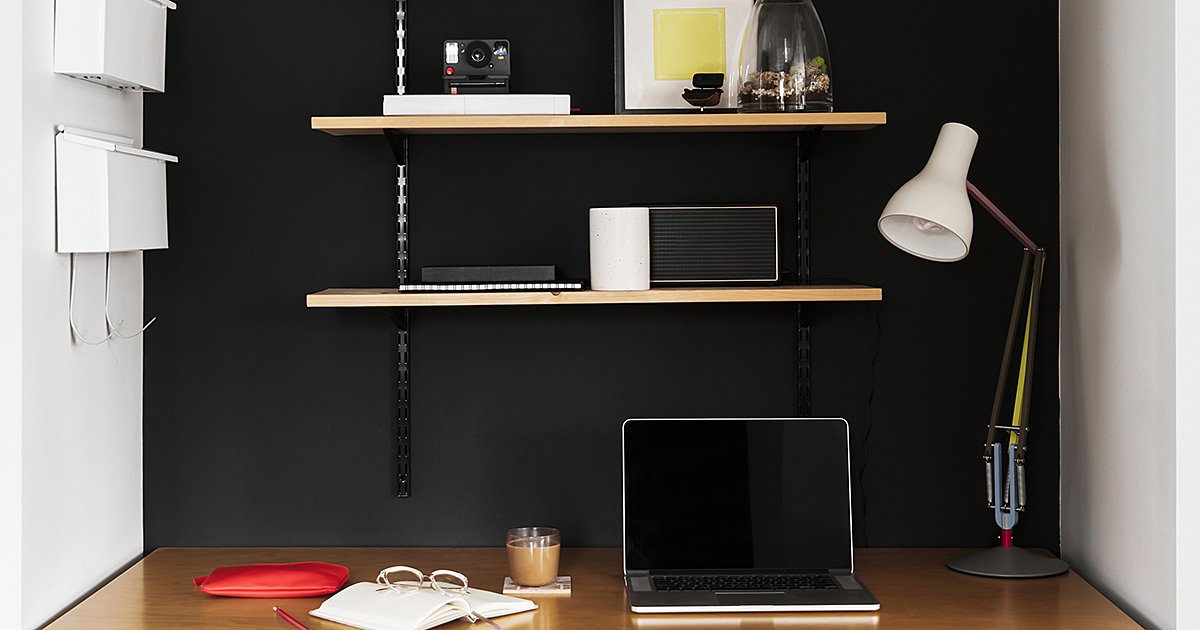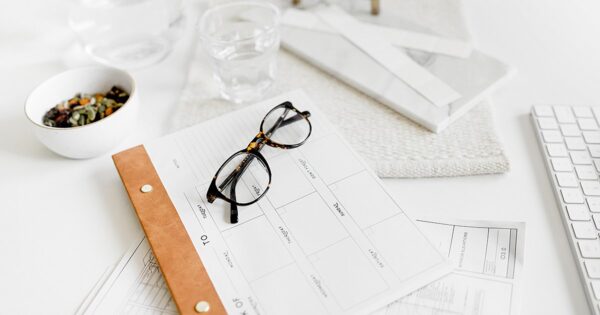Got a secret? Can you keep it? Swear this one you'll save.
As kids, we could exchange secrets after a solemn promise and pinky swear. Those were the days.
But what happens when businesses want to exchange confidential information? Typically they will ask for the parties to sign a nondisclosure agreement (also called an NDA) before they begin discussions.
What is a nondisclosure agreement?
An NDA is a contract between two or more parties that protects confidential information, including trade secrets. The party who holds the confidential information will be labeled the disclosing party. The other party is the receiving party.
Types of information protected by an NDA
The NDA should specifically define what is considered confidential under the agreement. It may be a broad definition that covers all non-public business information. Or, it may be more narrow to cover new products that are in development, pricing, or business strategies.
Prior to signing the NDA, ensure that you understand what is considered confidential.
Elements of an NDA
When you receive an NDA, it will likely contain the following:
- Defining the roles of the parties, e.g., who is disclosing and who is receiving
- A definition of confidential information. The definition will give categories without providing the specific information that is to be disclosed. Example: Confidential information includes name, design, price and marketing plan of Disclosing Party's product line.
- Any exclusions to the definition of confidential information. A common example of this is information that is publicly known or becomes known through no fault of the receiving party.
- The term of the agreement. An NDA should specify how long the information remains confidential.
- Obligations of the parties
- Which state has jurisdiction
NDA vs. MNDA
Traditionally, an NDA protects the disclosing party from any breach by the receiving party. In a Mutual Nondisclosure Agreement (an MNDA), both parties can be in either role. In other words, both parties can disclose confidential information and be fully protected by the agreement.
When do I need to use an NDA?
Bloggers and influencers may receive requests to sign an NDA to protect some of the following types of confidential information:
- Confidential details of a campaign with a client
- Product information that is embargoed until the release date
- Business and marketing plans
- Demonstrations of new technology for sales purposes
Bloggers and influencers may request that others sign an NDA in some of the following circumstances:
- Releasing detailed audience analytics during campaign negotiations (these are not publicly released analytics, like you would list on a media kit)
- Customized marketing plans and pricing
Remember, if you are signing a separate contract prior to the disclosure of any confidential information, you can add the nondisclosure provisions into your contract. The NDA provisions don't have to be treated as a separate document.
If you need an NDA for your business, we have templates available in the shop.





